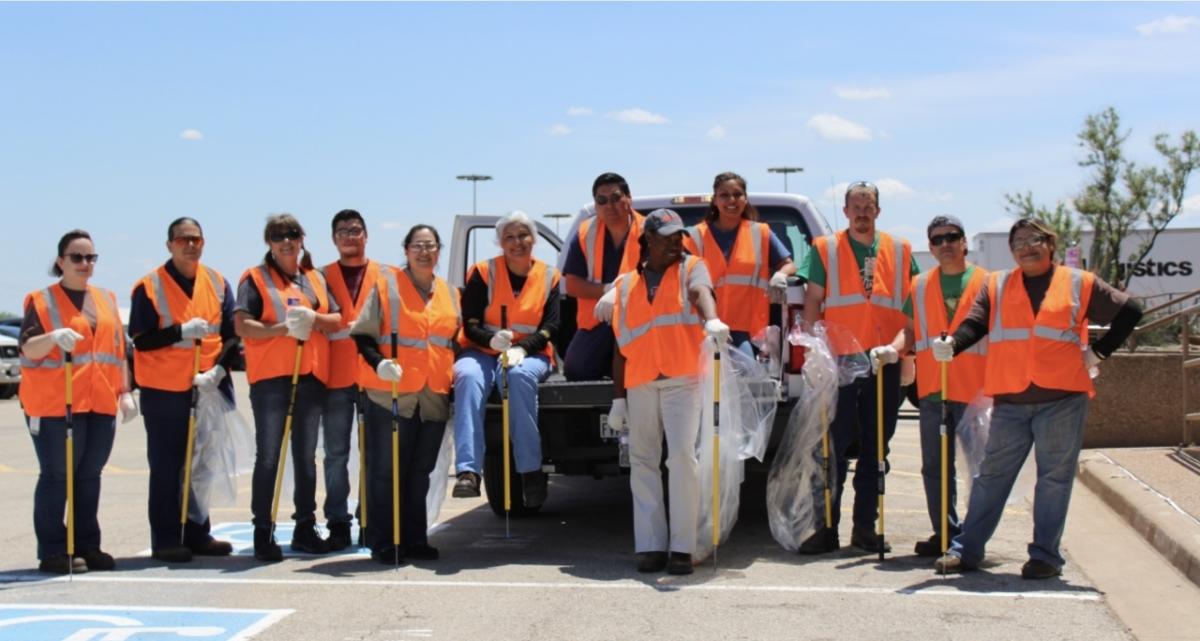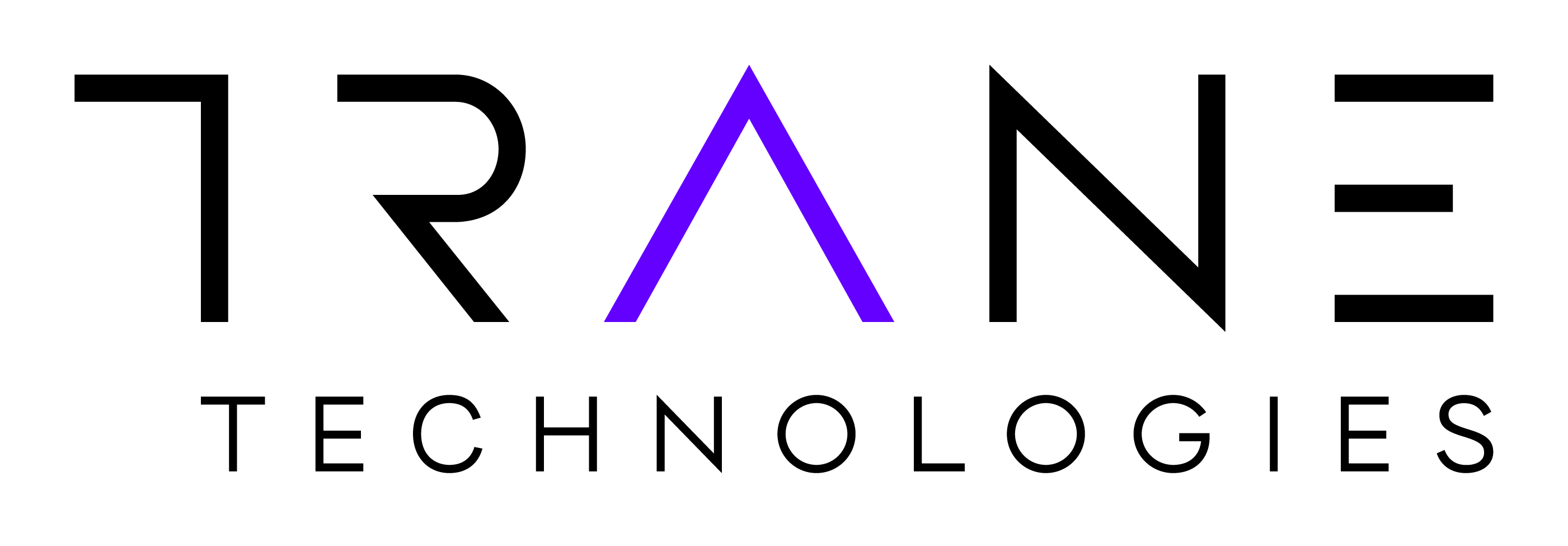Empowering Employees: The Key to Achieving Environmental Sustainability Goals
By Scott Tew

Originally published on Environmental Leader
Companies increasingly believe that addressing environmental sustainability is a strategic and integral business imperative. This is evidenced most recently by the volume of companies with Earth Day announcements including going carbon net neutral or eliminating plastic packaging. Yet, only four percent of companies are successful in achieving their environmental sustainability goals, according to Bain & Company. This is because companies are challenged to connect their strategic sustainability vision with meaningful operational changes to meet those goals.
At the same time, employees are calling for action. The expectation that companies commit to environmental sustainability is growing, and that’s not going to change. Millennials are a particularly vocal cohort and by 2025, they will be 75% of the workforce. But, according to Deloitte, there’s a gap between what they hear their companies say they’re doing and what they see.
How does an organization bridge these gaps? The business case is clear, the employee demand is growing, but what’s keeping environmental sustainability initiatives from being successful?
At Ingersoll Rand, we believe our “winning culture” is a top reason we’ve achieved many of our 2020 environmental sustainability goals. Consistently high annual employee engagement scores demonstrate that we are creating an environment where our people are learning, thriving and expanding their capabilities. The actions and creative ideas of our people are the reason we’ve been successful.*
As we head toward 2020 we’ve learned a thing or two about creating a winning culture that paves the path to achieving sustainability goals.
Set and communicate clear and specific objectives
To build a culture focused on sustainability, start with setting and communicating your goals – specifically GHG and natural resourced-focused commitments with specific targets. Connect your workforce to company purpose by engaging and educating everyone from the C-suite to the manufacturing floor. Utilize both digital and analog (e.g.: posters) tools to convey messages. Importantly, ensure these goals are communicated in all ongoing, operating reviews to reinforce commitment and further illustrate their connection to your business strategy.
Companies will approach this differently, but whether a 20-person start-up or a 44,000-person global workforce like ours, senior leadership must always buy in, or these initiatives won’t work. Our leaders believe their job is to create a culture where the kind of aspiration to do better for our world can flourish.
Empower employees to adopt a sustainable mindset
Creating ways for employees to feel included – to feel a sense of belonging and contribution – will support your sustainability strategy and can lead to long-term employee retention.
Make sustainability personal by giving employees license to create change in their own community. Our “Green Teams” across the world are employee-driven groups who develop and execute ways to reduce environmental impact at their site – from recycling to upgrading lighting and more. With the support of an executive champion, dozens of Green Teams around the world are leading change. For example, in Waco, Texas, employees installed a rainwater collection system for facility and manufacturing use in this water-stressed area. Thanks to Green Teams in Galway, Ireland and Rotterdam, Netherlands, our facilities there are 100% zero-waste-to-landfill – all waste is recycled or re-used. In Monterrey, Mexico, the teams there have improved water efficiency by 75% and compost all organic waste. Sites from Kentucky to Italy to China are nearing zero-waste-to-landfill thanks to the leadership of Green Teams; each of these started with an employee idea.
While top-level support is critical, widespread behavior change is grass-roots driven. Companies must identify opportunities to meet goals in ways that matter to employees. For example, give employees choice by inviting local environmental organizations to meet employees and discuss how to reduce environmental impact in the office and at home.
As evidenced by the examples I shared before, employees want to support environmental goals but they need to be empowered to make it part of their daily routine. Consider encouraging team meetings during shift changes to maximize participation. Make everyone accountable by including their participation in the company’s environmental sustainability efforts as part of their overall performance goals.
Aggregate and recognize results
You can only recognize the results that you measure. Aggregating and sharing outcomes enables employees to understand how their local and small-scale initiatives have contributed to overall company impact.
Consider a standardized system that tracks the actions taken against your sustainability goals. We implemented our “Environmental Management System” to track all environmental actions in any location, allowing us to show progress at the local and global level.
Visual representations – like progress graphs – work well to engender pride and excitement. Leveraging the outcomes of Green Team programs to recognize employees helps to solidify these important grass-roots initiatives.
A winning team starts small
In 2018, Ingersoll Rand employee-led activities saved more than 3.4 million BTUs of energy, decreased overall water use by 5.5% and reduced our nonhazardous waste-to-landfill by 2.5%. The creativity and force behind this is inspiring. Our employees are committed to our purpose, but it didn’t happen overnight. Creating a winning culture can be an evolution. However, each small step from leaders and employees to change mindset and empower action contributes to major impact.
By Scott Tew, executive director, Center for Energy Efficiency and Sustainability at Ingersoll Rand
* For example, we’ve reduced our GHG emission intensity by 37%, improved energy efficiency by 23% and reduced water use in water-stressed regions by 38%.

